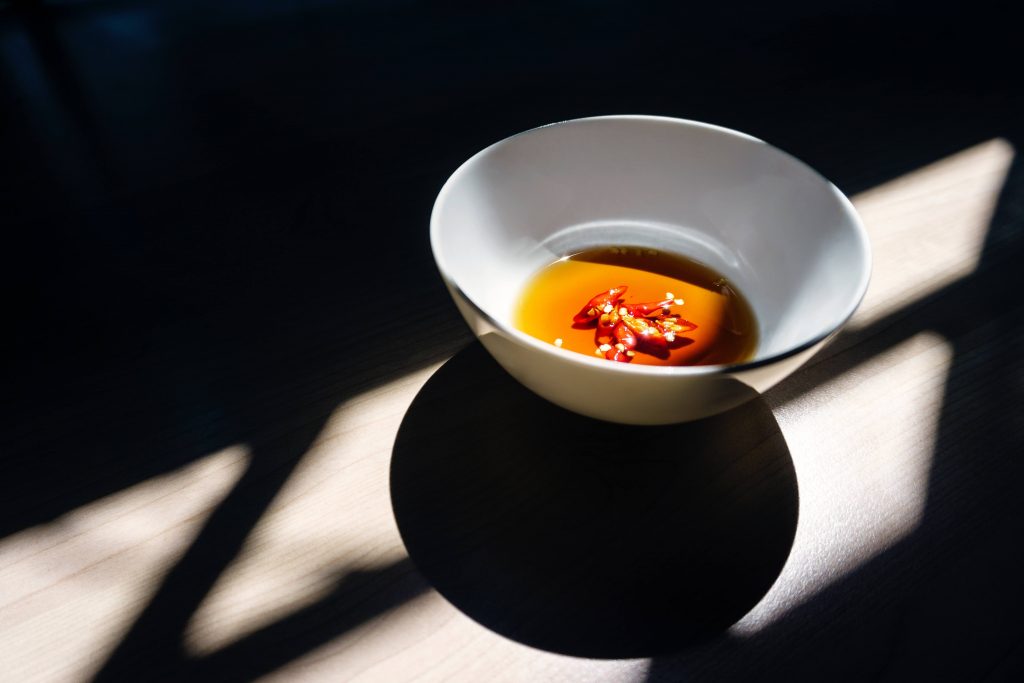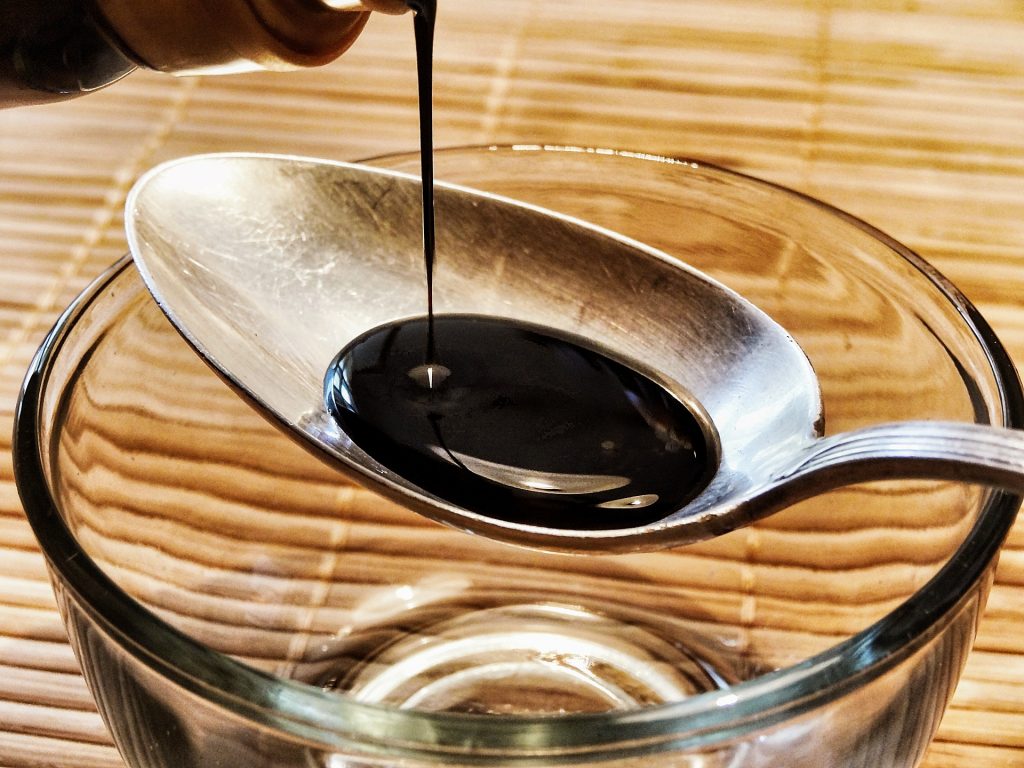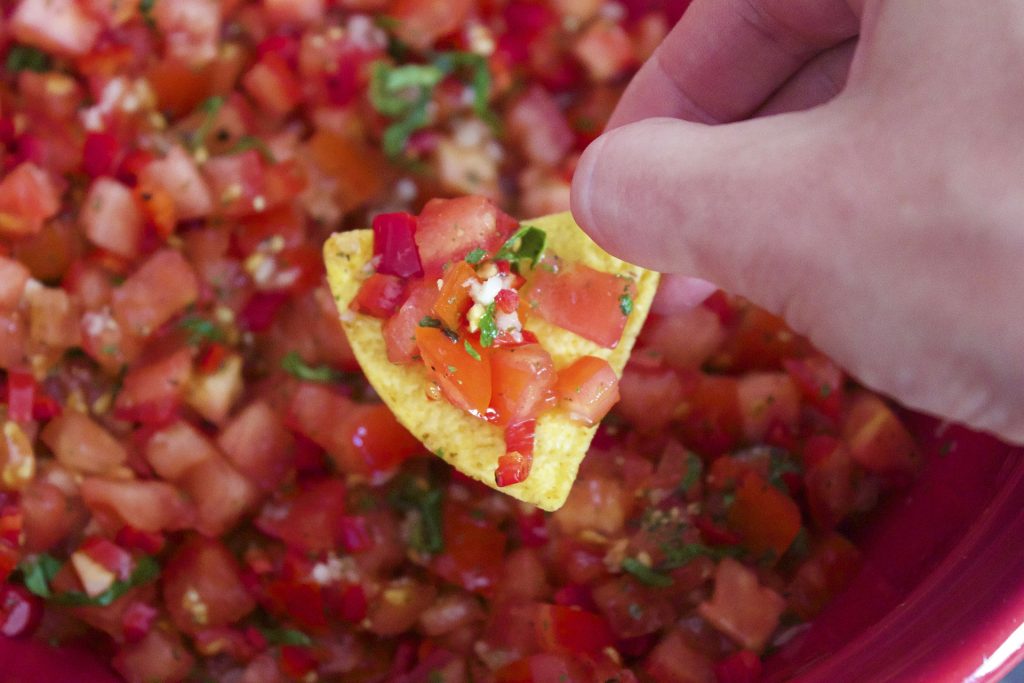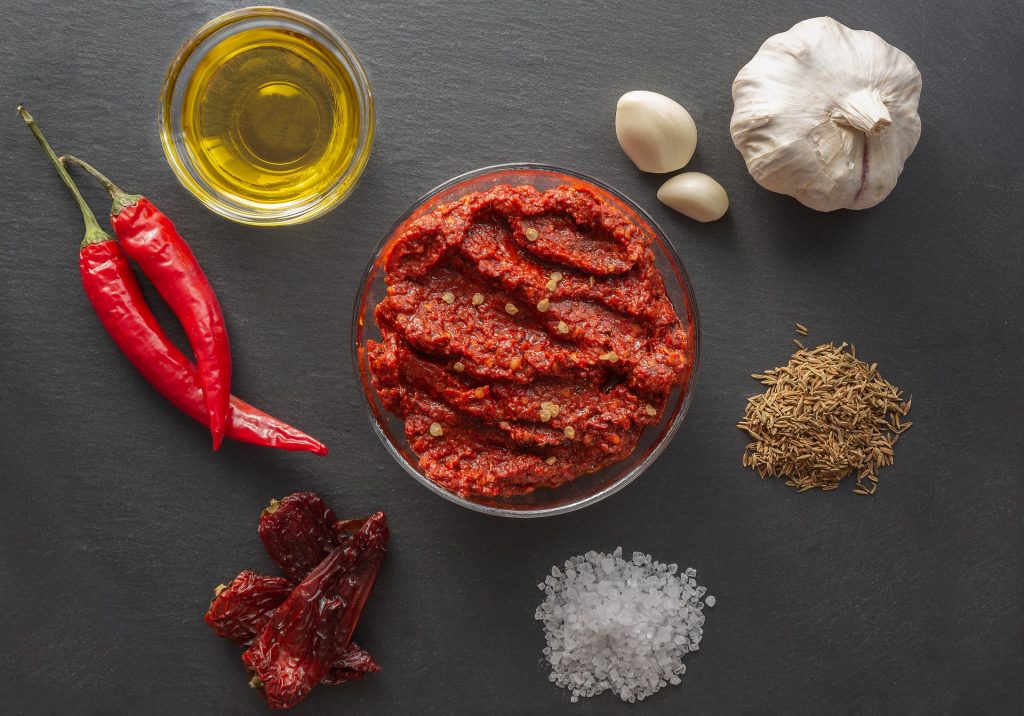Condiments are one of the greatest inventions of the culinary world, thanks to their power to elevate a dish from great, to heavenly. Here’s a list of some of the best condiments that people use from all around the world. Which one is your favorite?
Ketchup

One of the most beloved condiments in the world, Ketchup is a sweet and tangy sauce that is used in most western countries, particularly the United States and the U.K. Different brands in both countries use different spices, but common ingredients include mustard, garlic, onions, allspice, coriander, cumin, and cloves.
Although it is more commonly known as a western condiment, Ketchup actually has its roots in Asia. By the 17th century, the Chinese were already using a condiment that was made from picked fish and spices. This concoction was called kôe-chiap or kê-chiap, which meant ‘brine of picked fish”. By the 18th century, this sauce arrived in Malaya, where English colonists got its first taste. By that time, the Malay had adopted the word and turned it into Kecap, which they now used to describe any kind of sauce. The British loved it so much that they tried to replicate back home.
Because tomatoes were scarce, the first kinds of ketchup in the United Kingdom and the United States used mushroom as its base. However, by the early 19th century, tomatoes became more and more common, and by the mid 1800’s, recipes for tomato-based ketchup became a popular addition to most cookbooks.
Mustard

One of the oldest known condiments ever, Mustard had been cultivated somewhere in the world, with the Indus Valley civilizations as the first known cultivators of the Mustard plant. However, the first evidence of Mustard being used as a condiment comes from the Romans, who mixed a concoction made from unfermented grape juice and dried mustard seeds to create mustum ardens, or mustard for short. Roman recipes for mustard can be found in 5th century cookbooks, and even the Greeks experimented with mustard, considering mustard a healthy spice that can be used as medicine.
By the 13th century, mustard as we know it today started appearing in Dijon, France, although it will be centuries, in 1777, until Grey-Poupon, one of the most popular and leading producers of mustard, started bottling the condiment and selling it wholesale. Since then, it has become of the most popular condiments in the world, next to Ketchup.
Fish Sauce

A ubiquitous condiment in East Asian and Southeast Asian cuisine, Fish sauce is basically a liquid seasoning made from different types of fish (usually sardines, anchovies, or kill) that’s been coated in salt and fermented in its own juices for up to two years. It’s one of the most umami-packed seasonings out there, and is usually not for its own flavor (which has been described as extremely fishy and pungent), but rather as a way to bring out the natural umami of other foods.
Various Southeast countries use fish sauce in different ways:
The Philippines: known as patis, Filipino fish sauce is one of the strongest, saltiest, and most pungent type of fish sauce in Southeast Asia. It’s used sparingly and almost always cooked prior to serving. However, it can be used raw to things like salads or fish to give it an extra kick of flavor.
Vietnam: known as nước mắm, Vietnamese fish sauce is a little milder than its Filipino cousin and is often used as a table-side condiment. The most popular variety of nước mắm is Nước chấm, a light and slightly sweet mixture of nước mắm, water, and sugar. Chili and lime can also be added to create a sauce that is tangy, sweet, salty, and spicy.
Thailand: known as nam pla, it’s one of the mildest types of fish sauce in Southeast Asia, and the most well-known in the West. It is often mixed with lime juice and chilies to create phrik nam pla, a popular everyday condiment. There are two types of fish sauce in Thailand: pla soi and pla kratak, which are made from fresh-water fish and salt-water fish, respectively.
Chutney

A favorite condiment to different types of Indian food, most people know chutney as that sweet, tart, savory, and spicy sauce that accompanies various dishes like tikkas or curries. This type of chutney is almost always marmalade-like in consistency, and is probably the most well-known to westerners. However, real Indian chutney is actually pretty far off.
The word “chutney” is of Tamil origin, and is used to describe fresh or pickled sauces. In several parts of India, ‘chutney’ is rarely sweet. Most chutneys in India are homemade, usually by crushing or grinding various types of aromatics into a paste or powder. Depending its usage, some chutneys might be used as is, or combined with an oil (often peanut or sesame).
In the Southern parts of India, most chutney can be found in powdered form, often made from roasted dried lentils or peanuts. This is then usually sprinkled on various foods like dosas or idlis. Most chutney contains different spices like cumin, fenugreek, mint, coriander, tamarind, garlic, ginger, and many others.
Sweet chutneys, ones that were prepared with some kind of fruit, was born during the colonial era, when British colonists adapted the chutney and added sugar and vinegar to make them last the journey back to England.
Kecap Manis

Despite sounding similar to our beloved Ketchup, the two aren’t actually related. Kecap Manis is an Indonesian sweet soy sauce that’s fortified with various types of spices and a whole lot of sugar: in fact, a single bottle of Kecap Manis can contain up to 50% palm sugar.
Kecap Manis literally means Sweet Sauce and is similar in taste to tianmianjiang, or Chinese sweet bean sauce. Compared to regular soy sauce, however, Kecap Manis is much sweeter with a thicker consistency and a richer flavor profile all around. This is due to the addition of spices like black pepper, clove, coriander, cinnamon, and star anise.
A vast majority of Indonesian dishes use or incorporate kecap manis, from nasi goreng and satay to ayam bakar and tahu goreng. Every Indonesian house has at least one bottle of Kecap Manis in its pantry. In the West, where Kecap Manis is hard to find, many people use regular soy sauce mixed with brown sugar and molasses.
Salsa

Although the word “salsa” is used to describe a specific type of dipping sauce in Mexican cuisine, the word actually just means “sauce” in Spanish, and thus refers to any dish that is used as a condiment. However, in Western countries, Salsa usually refers to either raw sauces or almost-cooked sauces.
There are dozens, if not hundreds, of salsas in Mexican cuisine, although some of the most popular are:
Salsa Roja: known as red sauce, this is the most commonly found Salsa in Mexican restaurants and is usually made from a mixture of onions, garlic, cilantro, chilies, and tomatoes. It’s usually cooked until it forms a thick consistency, and then chilled before serving.
Salsa Fresca: known as fresh sauce, it’s similar to Salsa Roja, except that it is served raw rather than cooked. Additionally, lime juice can be added to give it a zing.
Salsa Verde: known as green sauce, it’s similar to Salsa Roja, except that it uses green tomatillos rather than red tomatoes as its base. It is also cooked until thick, and then chilled before serving.
Salsa Negra: known as black sauce, this is a lesser known sauce in Mexican cuisine, although it is much simpler in construction, usually just a mixture of dried chilies, oil, and garlic. The sauce gets its colors from the dried chilies, which aren’t actually black in raw form, but when processed and cooked down, take on darker shades of red.
Harissa

A North African staple, Harissa is a chili pepper paste made by grinding together roasted red peppers, hot Baklouti (or, Serrano) peppers, garlic paste, cumin, coriander seeds, and caraway seeds, with olive oil added to carry the flavors.
Although now an essential flavor in Tunisian cooking, Harissa is a fairly recent condiment, considering that chili peppers only made it to the Old World via the Columbian Exchange in the 15th and 16th century. Recipes for Harissa vary between households and regions (like Indian chutney), and can include lemon juice or even fermented onions, but the basic ingredients of red peppers, hot peppers, garlic, and cumin are almost universally present in all variations.
In Tunisia and most of Maghrebian Cuisine, Harissa is added in various ways: as a condiment to soups and stews, as a paste that’s rubbed on meat or vegetables, or as a side to add flavor for couscous and other grains.

